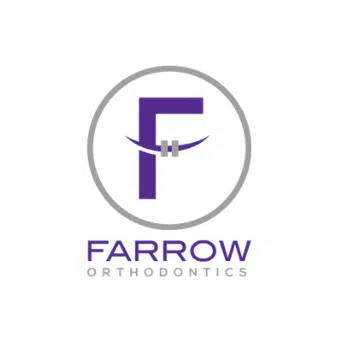|
3500 BC |
Back in 3500 BC Egyptians and Babylonians would chew on the ends of sticks until the fibers of the wood formed a brush which was then used to clean their teeth. Subsequently Miswak, branches of the Salvadora persica tree, was discovered. The Salvadora persica branches have healing and antiseptic qualities, and studies show that Miswak is superior to present day toothbrushes. Many people still use Miswak. |
|
1000 |
|
|
1100 |
|
|
1200 |
|
|
1300 |
|
|
1400 |
|
|
1500 |
Around 1500 Chinese dentists started using the hairs off of cold climate pigs and pasted them on bamboo sticks or animal bones creating the first bristle toothbrush. Other versions of the toothbrush included bird feathers, porcupine quills and boar bristles. |
|
1600 |
|
|
1700 |
William Addis introduced the Chinese way of brushing to England in 1780 being the first person to mass produce modern toothbrushes. The Addis version of the toothbrush used cow tail hair drilled and tired on to cow bones, and later versions used horse hair instead of boar hair because it was softer. Dr. Farrow of Farrow Orthodontics in Philadelphia, PA recommends using a soft toothbrush. Addis’ company still exist today but they have moved beyond oral hygiene. |
|
1800 |
Patent number 18,653 marked the first toothbrush patent in the United States of America. It was registered by an entrepreneur, H.N. Wadsworth, on November 17, 1857.
In 1885, mass production of Wadsworth’s toothbrushes began. |
|
1900 |
Brushing teeth regularly became mainstream in 1938 when a company called DuPont de Nemours introduced the first toothbrush with nylon bristles. It was called Dr. West’s Miracle-Tuft Toothbrush.
In 1939, the first electric toothbrush was invented in Switzerland. In the 1960s, electric toothbrushes was introduced to the public market. |
|
2000 |
Today over 3,000 toothbrushes patents exist. Two latest toothbrush inventions are the Oral-B Triumph 9100 with SmartGuide which wirelessly transmits a map of your mouth to an LCD display and monitors how many times you brush your teeth, where you haven’t brushed and which areas still need more work. Once your mouth is perfectly clean, it signals you to stop. Another is Tooth Tunes which uses sound waves to play a song for two minutes while you brush, two minutes being the amount of time Dr. Farrow recommends that you spend brushing your teeth. |
For more information on toothbrushes, or if you have any questions or concerns, please don’t hesitate to contact Dr. Farrow at 215.247.9060 or visit Farrow Orthodontics when and if you are in the area.

